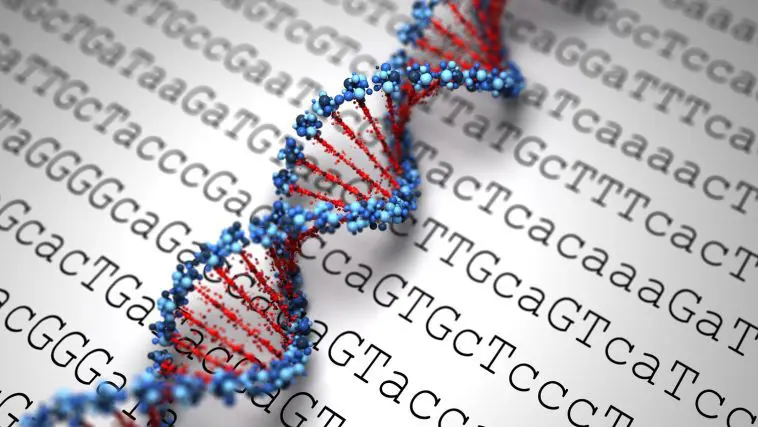[Originally published in 2020 as DNA Energy Code?]
A recent article in the Quarterly Review of BioPhysics, a peer-reviewed journal out of the UK, made a startling and outrageous claim.
According to the paper, the genetic code evolved, not always toward functionality, but towards thermodynamic stability, which just happened to coincide with functionality in many cases. The paper makes claims that are at odds with typical evolutionary explanations as well as some highly interesting claims about thermodynamics applied to genetics.
Let’s have a look at this article and see what we can learn.
To understand the article, it is important to remember that DNA is composed of three-letter units called codons. Each codon codes for a particular amino acid. However, it does not do so directly. Instead, the codon is transcribed into a codon on a messenger RNA strand that is then translated in a ribosome and used to make a protein.
Beyond this, DNA is double stranded. The strands are complementary but read in opposite directions. This is referred to as being “antiparallel.” Thus one strand might be called the parallel strand and the other the antiparallel strand. When looking at codons, they form thirty-two “pairs” if you will, termed “duplexes.”
The researchers for this paper looked at how stable these duplexes were from an energy standpoint.
What they discovered is that the codons with the most guanine and cytosine were the most energetically stable and that the cytosine-guanine pair is the most common pairing in the genome. This comes as little surprise to any geneticist.
Interestingly, the researchers pointed to another study that looked at which codon duplexes were more commonly used when more than one codon pair codes for the same amino acid. What the other study found was that the less stable codon duplex was used more frequently to code for that amino acid. This also makes sense since it takes energy to unzip the DNA strand, therefore it is better for the cell overall to regularly read the less stable codon duplex that requires less energy to unlock. This, however, conflicts with the assumption that the most common pairing should be the most stable.
Having discussed this, the researchers for the new paper get to the crux of the study: evolving the codons from one another. They show a chart that they claim demonstrates that any codon can be “evolved” into another one using transitions and transversions of nucleotides. In other words, via mutations. The researchers are claiming to have explained how each codon formed by accounting for the energy required to go from one codon to another.
The researchers leave out one important detail from this paper, probably because it would be uncomfortably inconvenient to discuss.
Mutations destroy information; they don’t make new information. You can explain energetically which mutations will be favored, you can even predict which ones will be common, but what you cannot do is explain where the coded information in the genome came from in the first place.
Codons cannot simply be randomly scattered based on energy signatures. They have to be carefully organized so that they can be read to eventually form proteins. Naturalistic random chance, even directed chance with preferences for specific codons simply cannot explain the organization of codons.
Worse still, this study increases the difficulty of getting a DNA strand to form in the first place. Now, not only must DNA somehow spontaneously assemble against all the laws of thermodynamics, but it must also assemble as something other than a long chain of guanine-cytosine pairs.
We also have to ask why DNA features four nucleotides instead of two. After all, one pair is much more energetically favored than the other. You would expect that the cell would strongly prefer expending the minimum amount of energy. Yet we have two types of nucleotide pairs, with one much more stable than the other. Since DNA must be regularly unzipped, it would follow that the cytosine-guanine links should not favored, yet they are the majority of the genome.
There seems to be some good empirical science here. Applying thermodynamic principles to the genome might be very enlightening.
However, slapping an evolutionary interpretation onto the study is simply unnecessary and unfounded. We would expect that a designed genome would fit very well within the laws of thermodynamics. As seen here, the more we learn about the genome, the more we are forced to the conclusion that it was designed. It did not evolve.







